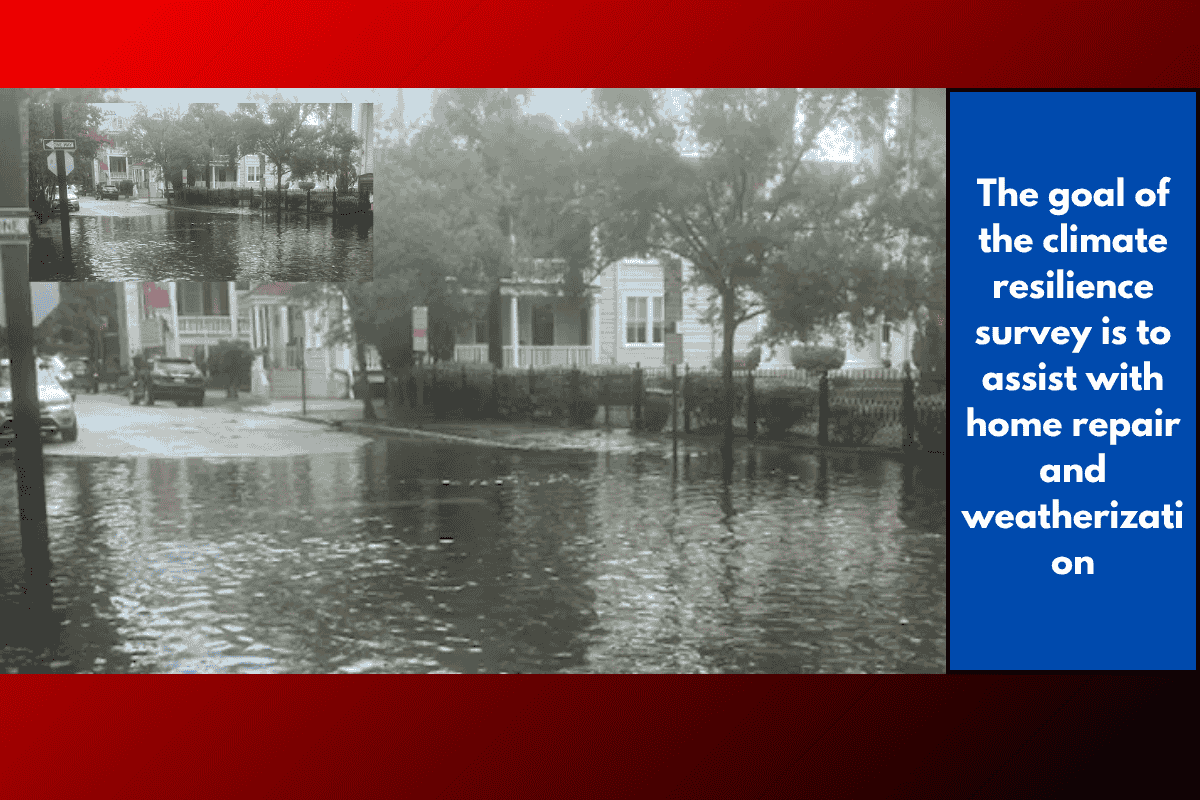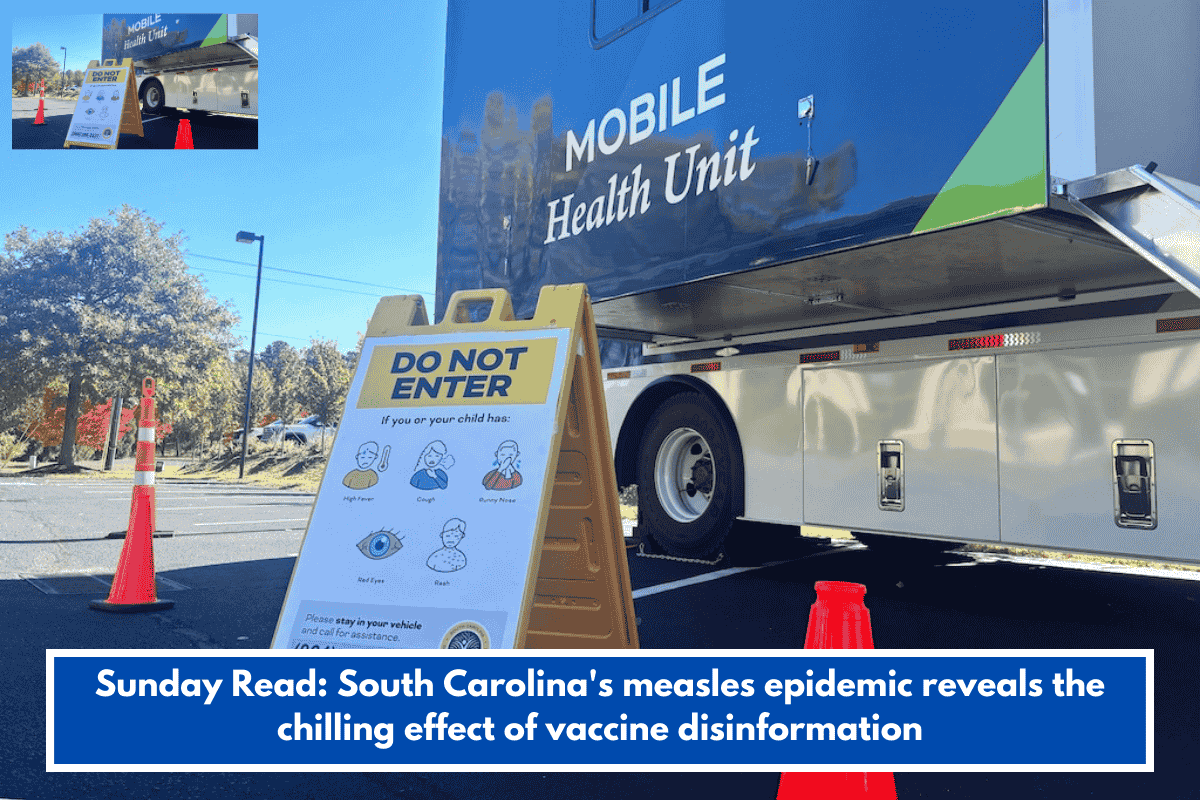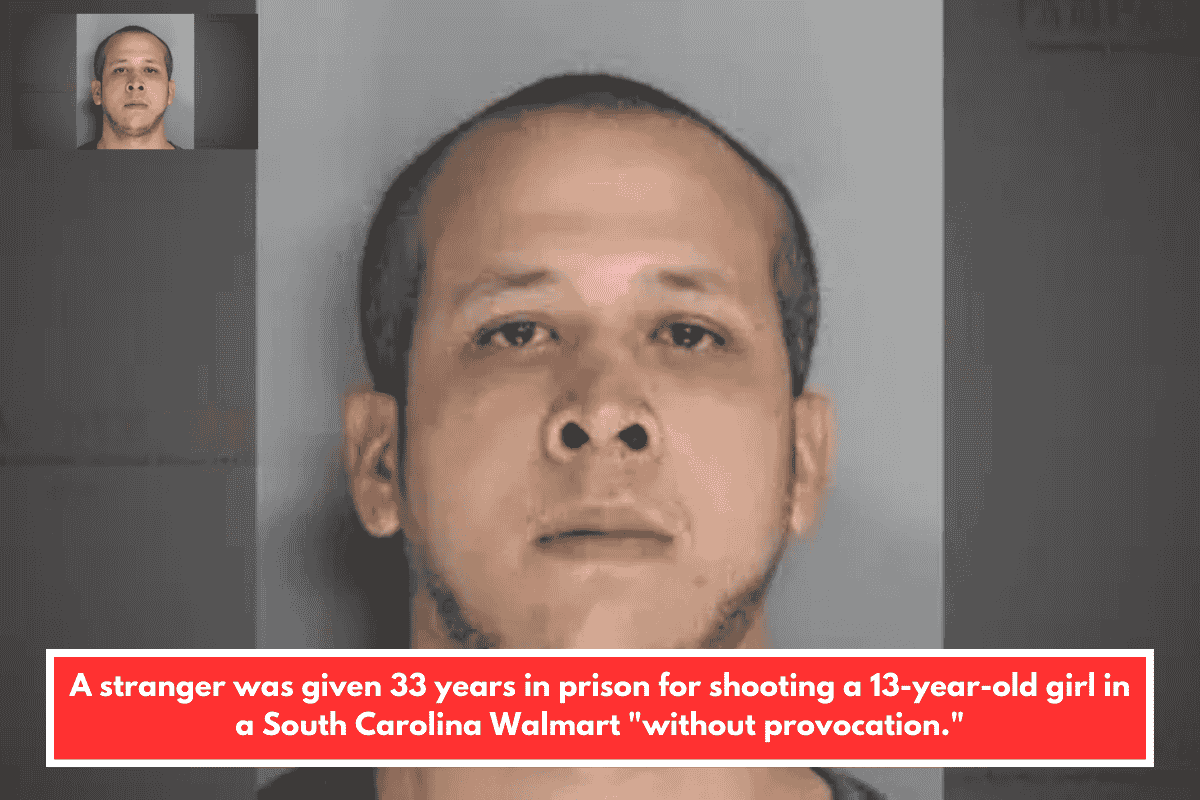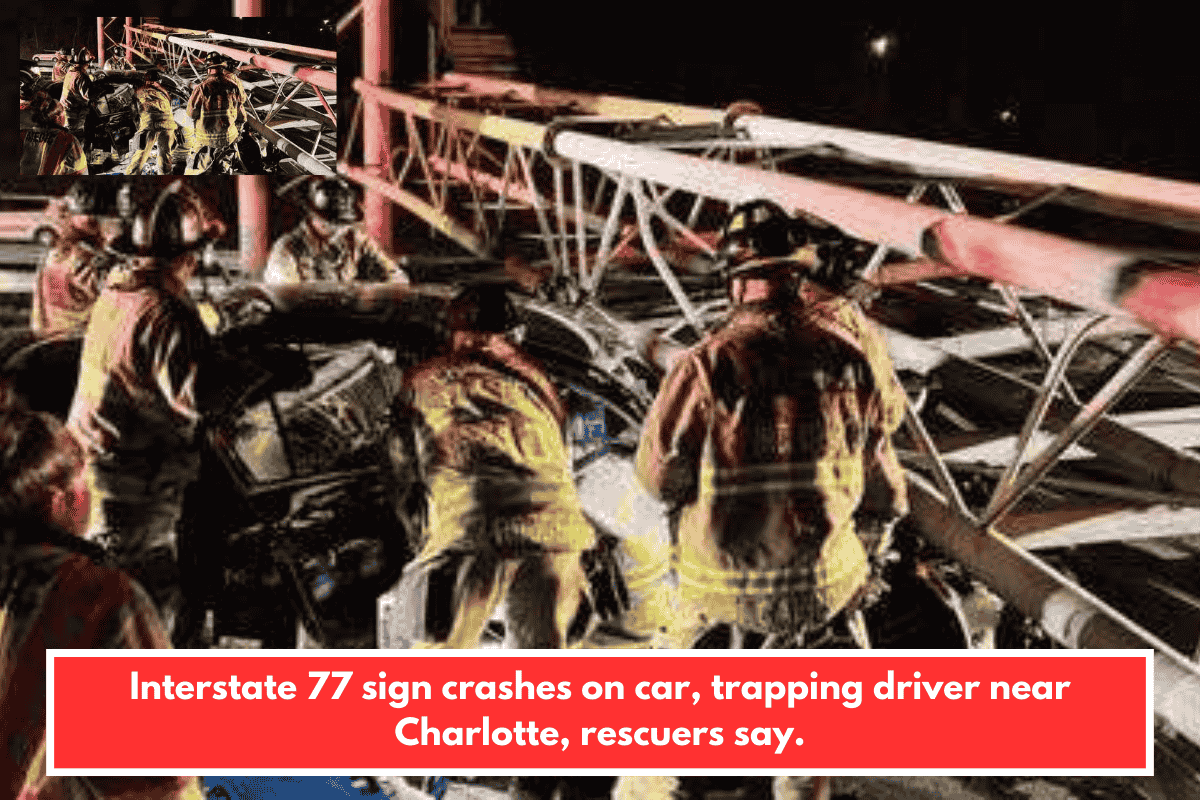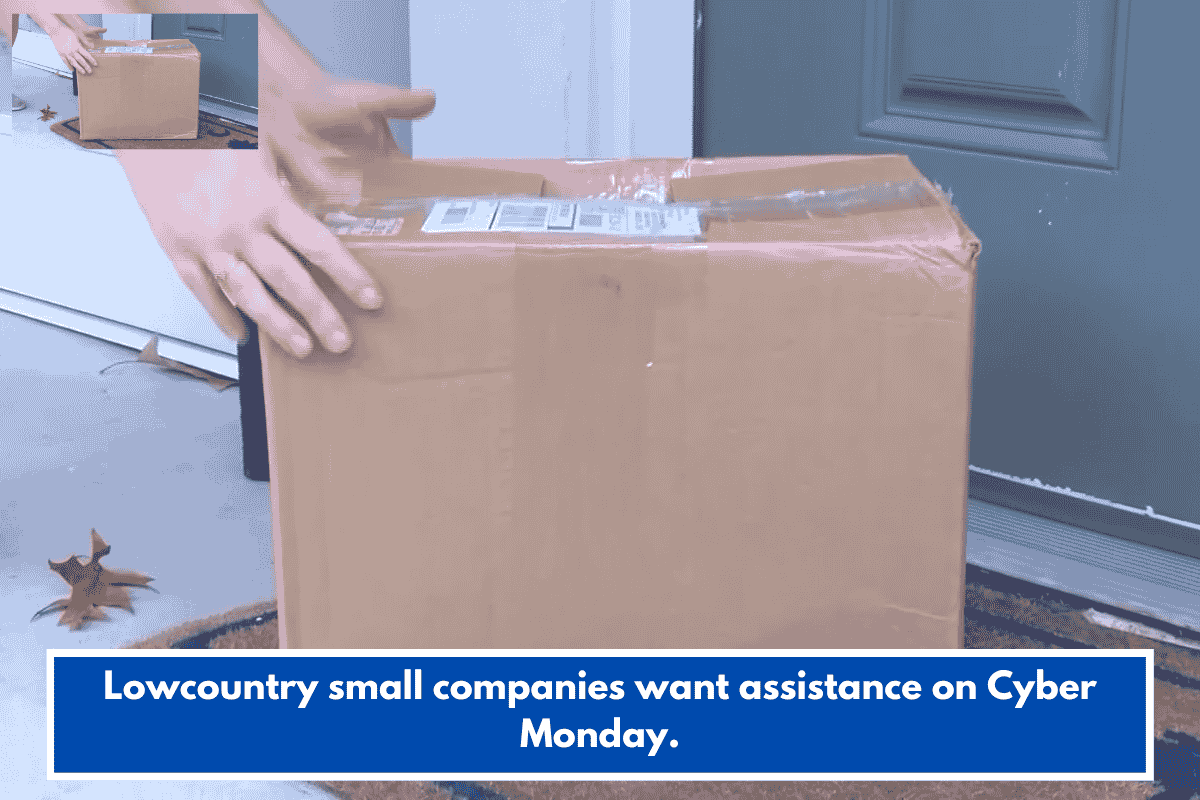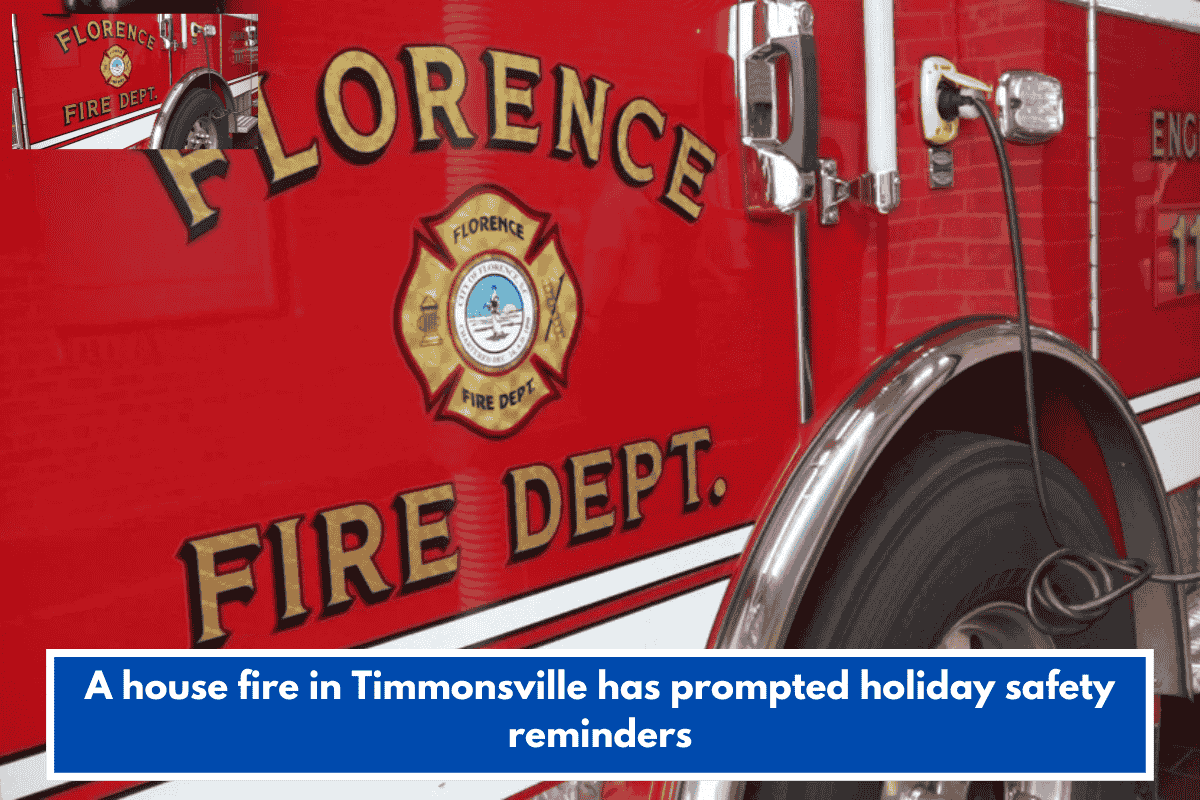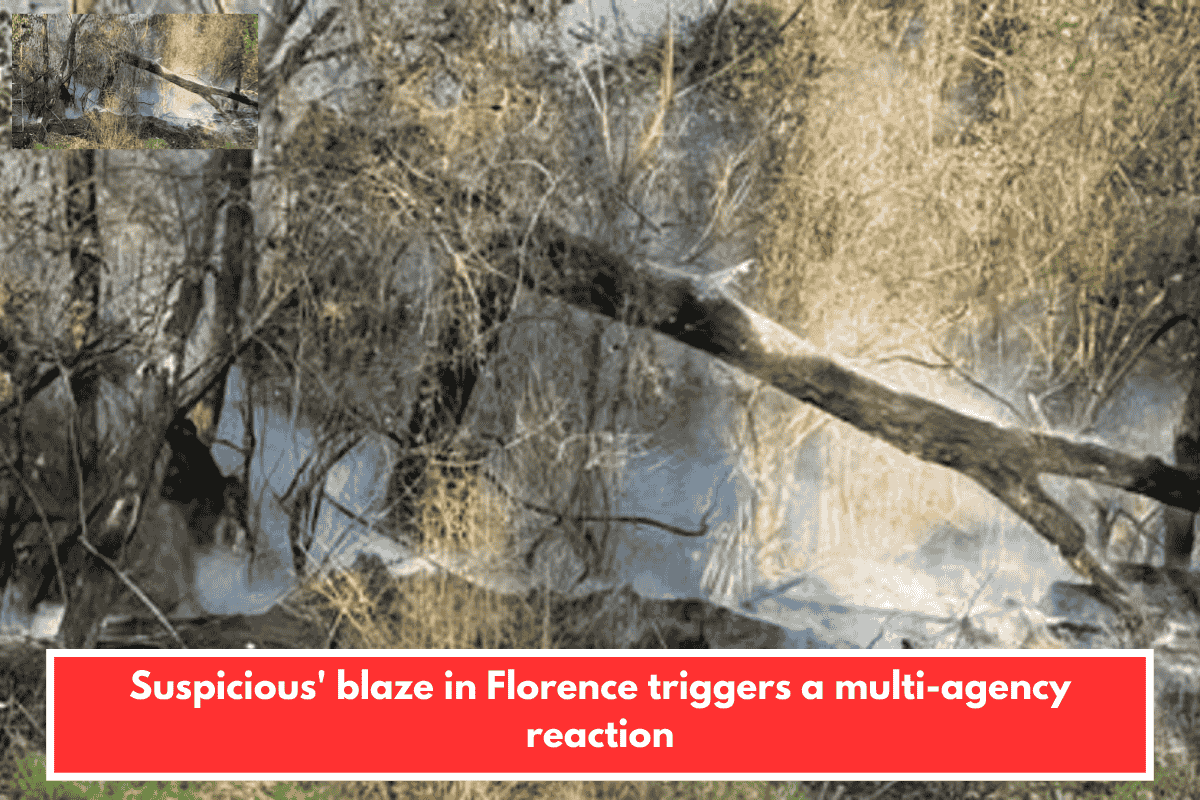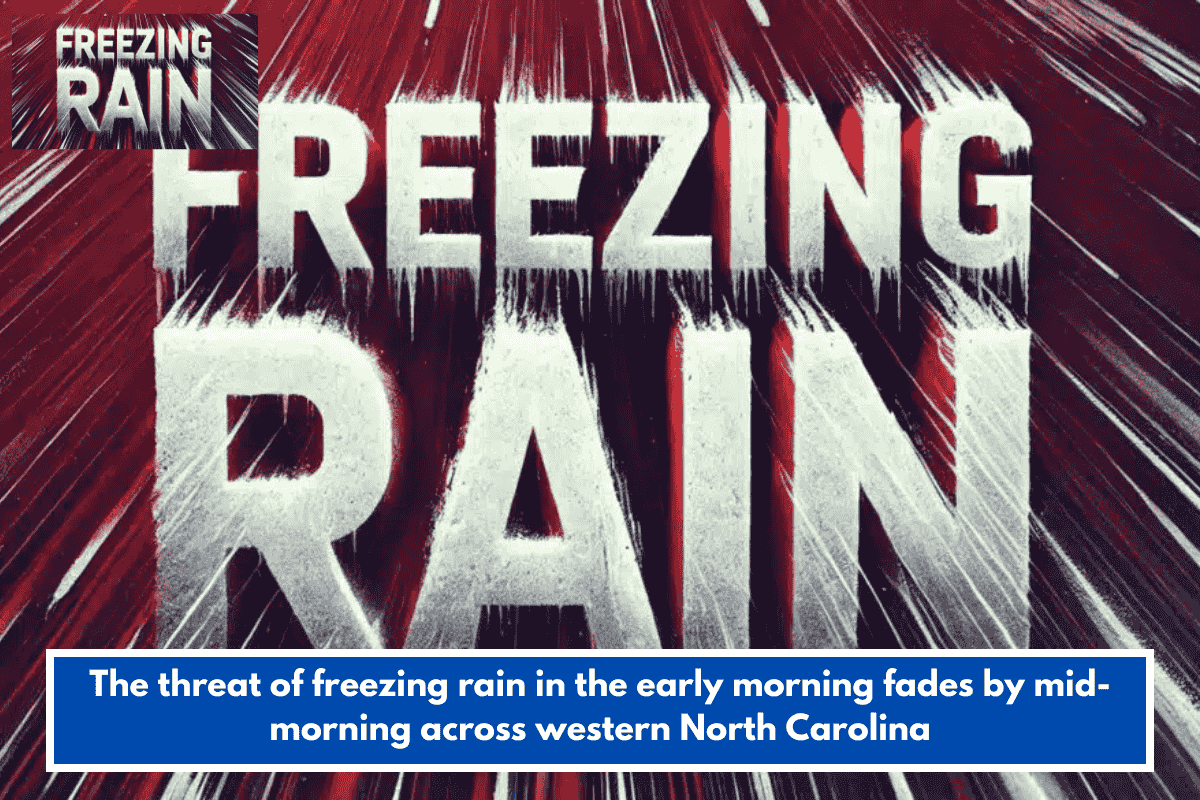CHARLESTON, S.C. – As climate-related challenges like flooding and extreme heat continue to affect neighborhoods across the Lowcountry, the Preservation Society of Charleston is working closely with residents to provide strategies that protect homes and strengthen community resilience.
Charleston homeowners have long been familiar with the effects of the region’s coastal weather, but many are now seeing those problems worsen with time. To help locals stay ahead of the growing risks, the Preservation Society is offering support, resources, and advice on how to make homes more weather-resistant.
Local Solutions for Local Problems
One simple and natural solution that’s gaining popularity among homeowners is planting trees. For Charleston resident Darnell, the benefits have been clear.
“It helps with the heat and the flooding because the roots keep all the flooding out,” he explained.
Trees offer shade that helps lower indoor temperatures during extreme heat and their roots absorb water, which can reduce flooding around homes.
A Growing Need for Resilience
“We’re seeing more flooding, and it’s getting hotter,” said Masion Lee, a community outreach coordinator with the Preservation Society. “Getting ahead of these issues is really important.”
The group’s efforts include helping homeowners with weatherization, flood protection, and storm damage repairs, especially in areas that flood often. These improvements are not only important for home protection but also for preserving the historic nature of many Charleston neighborhoods.
Longtime Residents Speak Out
Residents like Nat and Jen Benson, who’ve lived in Charleston since 1981, say the flooding has noticeably worsened in recent years.
“I don’t know scientifically,” said Nat, “but when you pave and build in every lot in Charleston, you’re going to have flooding in the streets, it seems to me.”
Their concerns highlight a growing frustration among homeowners who feel the city’s growth may be outpacing its ability to manage environmental risks.
Main Concerns: Drainage, Funding, and Restrictions
According to Lee, most feedback from residents so far relates to flooding and drainage issues, along with worries about funding for home repairs and challenges related to landscaping restrictions under HOAs.
“Some people want to make changes like adding trees or drainage solutions, but their HOA rules don’t allow it,” she said.
This shows a need not only for physical improvements but also for policy changes that support home resilience without unnecessary barriers.
Resilience Guide and Next Steps
Last summer, the Preservation Society released a resilience guide to help residents better prepare their homes for climate challenges. Now, they’re working to gather more data from the community to expand their recommendations and identify areas that need the most support.
The group is encouraging residents to share their experiences, so they can better understand what’s happening across neighborhoods and how to build a more climate-ready Charleston.
As climate effects like rising heat and frequent flooding become more common in Charleston, protecting homes has become a shared priority. From planting trees to improving drainage and seeking policy support, the people of Charleston are looking for real, lasting solutions. The Preservation Society’s efforts reflect a broader goal—not just to preserve history, but to protect the future of homes, families, and communities throughout the Lowcountry.

